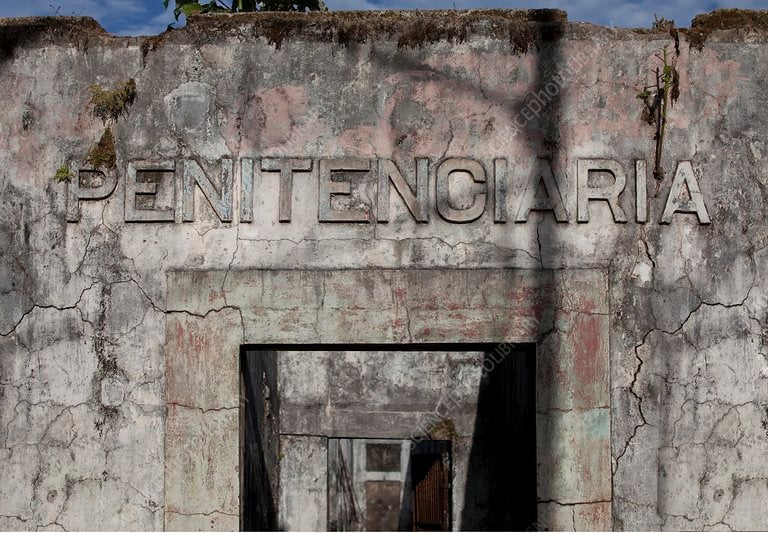Coiba National Park
UNESCO World Heritage Site

Coiba National Park is a protected area located in Panama, specifically in the Gulf of Chiriquí on the Pacific coast. It was declared a UNESCO World Heritage site in 2005 due to its exceptional biodiversity and unique ecosystems.
Key points about Coiba National Park:
Location: Coiba National Park is situated on Coiba Island and several smaller islands in the surrounding waters. It covers a total area of approximately 2,700 square kilometers (1,000 square miles).
Biodiversity: The park is home to one of the most extensive coral reef systems on the Pacific coast of the Americas. It boasts a remarkable diversity of marine species, including over 800 species of fish, 33 species of sharks, dolphins, turtles, and numerous invertebrates. The park is also an important nesting site for sea turtles.
Terrestrial Ecosystems: In addition to its marine environments, Coiba National Park encompasses various terrestrial ecosystems, such as tropical rainforests, mangroves, and coastal habitats. These ecosystems provide habitat for several endemic and endangered species, including the Coiba Island howler monkey, Coiba spine tail, and Coiba agouti.
Diving: Coiba National Park is a popular destination for divers. Its clear waters, healthy coral reefs, and abundant marine life make it an exceptional diving spot. Divers can explore a wide range of dive sites with diverse underwater landscapes, including volcanic formations, and dramatic drop-offs.
Research and Conservation: Due to its ecological significance, Coiba National Park has been the focus of numerous scientific studies and conservation efforts. The park's protected status helps preserve its biodiversity and fragile ecosystems. Research activities conducted in the park contribute to a better understanding of marine conservation and the management of protected areas.
Visitor Regulations: As a protected area, Coiba National Park has specific regulations to safeguard its natural resources. Visitors must obtain permits to enter the park, and certain activities, such as fishing or removing natural resources, may be restricted, or regulated. It is essential to follow these regulations and respect the park's fragile ecosystem during your visit.
Access: Coiba National Park can be accessed from Santa Catalina, a small coastal town in Panama. Boat tours and dive operators, such as Coiba Dive Center, provide transportation and guided trips to the park. Travel times and availability of tours may vary, so it's advisable to plan your visit in advance.
Whether you're a nature enthusiast, diver, or simply seeking a pristine and remote natural environment, Coiba National Park offers a unique and unforgettable experience. Its remarkable biodiversity, stunning landscapes, and conservation efforts make it a treasure worth exploring.
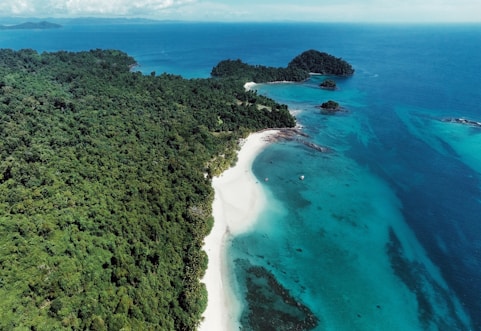
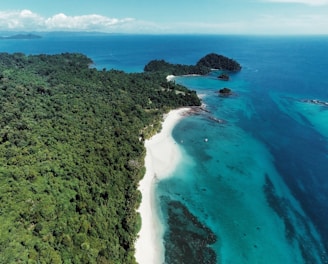
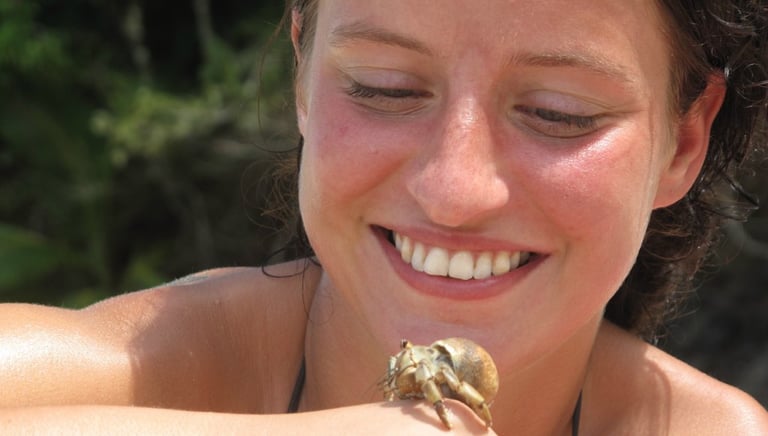

Marine Life
Coiba National Park in Panama is renowned for its rich marine biodiversity. The protected waters of the park harbor a diverse array of marine life. Here are some of the notable marine species you can encounter while diving or snorkeling in Coiba National Park:
Sharks: Coiba is known for its shark populations, including hammerhead sharks, whitetip reef sharks, blacktip reef sharks, and occasionally tiger sharks. The presence of sharks adds excitement and awe to diving experiences in the park.
Rays: Various species of rays inhabit the waters of Coiba National Park. You may encounter manta rays, eagle rays, and stingrays gracefully gliding through the ocean.
Turtles: Coiba is an important nesting site for several species of sea turtles, including green turtles, hawksbill turtles, and olive ridley turtles. These gentle creatures can often be seen swimming or resting in the park's waters
Dolphins and Whales: Coiba is frequented by dolphins, including bottlenose dolphins and spinner dolphins. Additionally, during certain seasons, you may have the opportunity to spot humpback whales as they migrate through the area.
Fish and Coral: The coral reefs around Coiba National Park are teeming with vibrant fish species, including parrotfish, surgeonfish, angelfish, butterflyfish, and many more. You'll also encounter colorful coral formations, sponges, and other invertebrates that contribute to the park's underwater beauty.
Marine Invertebrates: Coiba is home to a wide range of marine invertebrates, such as octopuses, sea stars, nudibranchs, and crustaceans. Exploring the reefs and rocky areas can reveal a fascinating world of small, intricate creatures.
It's important to note that the abundance and visibility of marine life can vary depending on factors like season, weather conditions, and specific dive sites within the park. To maximize your chances of experiencing the diverse marine life in Coiba National Park, it's advisable to consult with local dive operators or guides who have up-to-date knowledge of the area.
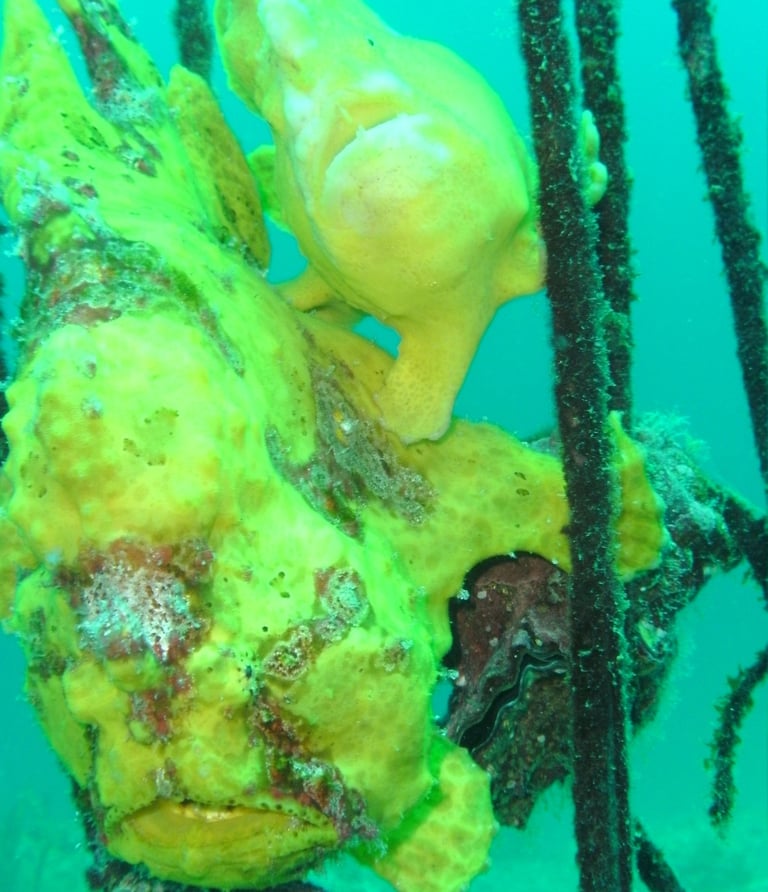

Humpback Whales
Coiba National Park is known for its rich marine biodiversity, including humpback whales. Humpback whales (Megaptera novaeangliae) are a species of baleen whales and are famous for their impressive acrobatic displays and haunting songs. They are migratory animals and travel long distances between their feeding and breeding grounds.
Humpback whales visit the waters around Coiba Island as part of their annual migration. These whales spend their summers feeding in the nutrient-rich waters of colder regions, such as the polar areas or higher latitudes. During the winter months, they undertake long migrations to warmer tropical or subtropical waters to breed and give birth.
The humpback whales in Coiba National Park can be observed from July to October, which is the peak season for their presence in this region. During this time, the waters around Coiba Island become a vital habitat for these majestic creatures, providing them with shelter, abundant food, and a safe environment for mating and calving. Whale-watching tours are a popular activity for visitors to Coiba National Park. These tours offer an opportunity to witness the incredible behaviors of humpback whales up close, including breaching (leaping out of the water), tail-slapping, and fin-slapping. Observing humpback whales in their natural habitat is not only a thrilling experience but also provides valuable opportunities for scientific research and conservation efforts.
It's worth noting that while humpback whales are relatively common in the waters around Coiba Island during the peak season, wildlife sightings are always subject to nature's unpredictability. Factors such as weather conditions and the whales' behavior patterns can influence the likelihood of encounters. Therefore, it's recommended to check with local tour operators or visitor centers for the best times and conditions for whale watching in Coiba National Park.
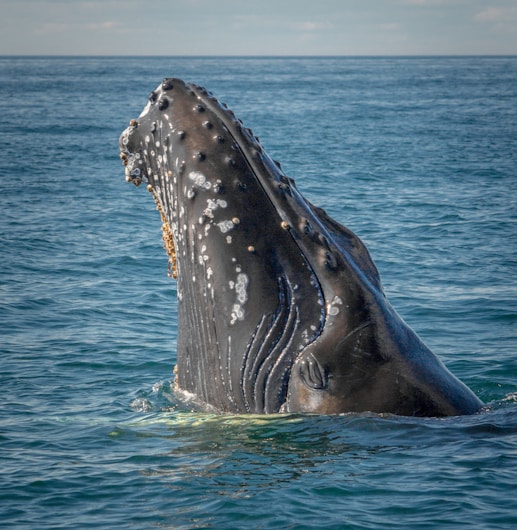

Penal Colony of Isla Coiba
Mention Isla Coiba to the average Panamanian and treasured marine park and abundant ecosystem are probably not the image that pops into their mind. For modern day citizens of Panama, stories and memories of imprisonment, torture and death are more like to arise.
Coiba Island was Panama’s version of Devil’s Island. From 1919 to 2004, the penal colony on Isla Coiba was home to the country’s most dangerous criminals as well as home to many who found themselves on the wrong side of the political struggle. At its peak, The Coiba Island Prison housed 3000 inmates in about 30 camps spread around the islands.
“Los Desaparecidos” was the name given to the hundreds or even thousands who disappeared in Panama under dictators Omar Torrijos and Manuel Noriega, never to be seen again. It is believed that many of these unfortunate individuals either ended up in unmarked graves near the Coiba’s penal colony or to have been dismembered and fed to the abundant shark population in its surrounding waters.
After the fall of the dictatorship, Coiba resumed its role as a criminal prison camp rather than political prison. In its final days, prisoners were the run of the mill thieves, murders and rapists serving their debt to society by farming and ranching the island to provide for their own existence.
The prison is now closed. The prisoners have been relocated to other facilities and anything of value has been removed from the site. The remaining structure is slowly being reclaimed by jungle and the marine air. Its crumbling buildings and simply marked graves serve as the only memorial to Coiba’s dark history.
The fear of the prison and its inhabitants inadvertently resulted in preservation of the largest untouched rain forests in the Americas. Because of the deterrent of the penal colony, about 80% of the islands forest remains virgin and unmolested. A true silver lining in one of man’s most horrible moments. Of course, with the prison gone and the supervising staff woefully underfunded, Coiba’s next challenge is fending off poachers preying on the abundant wildlife of the park.
